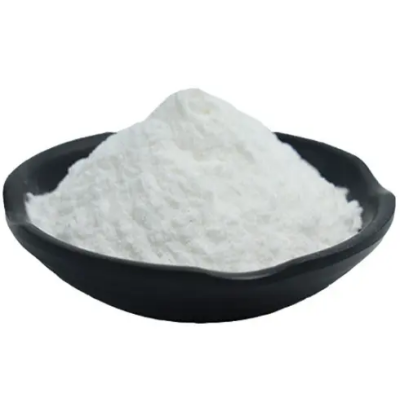4-Dimethylaminobenzaldehyde CAS:100-10-7
Schiff base formation: DMAB is frequently used to form Schiff bases by reacting with primary amines. This reaction is often employed in the synthesis of azo dyes, pharmaceutical intermediates, and other organic compounds.
Fluorescent labeling: DMAB possesses fluorescent properties, making it useful for labeling and detecting specific molecules in biological research. It can be used as a fluorescent dye for staining proteins, nucleic acids, and other biomolecules.
Analytical applications: DMAB can act as a colorimetric or spectrophotometric indicator for various analytes. For example, it reacts with aldehydes, forming a colored product that can be quantified to determine the aldehyde concentration in a sample.
Organic synthesis: DMAB is a versatile reagent in organic synthesis, particularly in the construction of complex organic compounds. It can undergo reactions such as condensation, cyclization, and oxidation, enabling the synthesis of diverse chemical structures.
Medicinal applications: Some DMAB derivatives have shown potential medicinal properties. For instance, certain derivatives have demonstrated antimicrobial, antifungal, and anticancer activities. These properties make DMAB and its derivatives interesting targets for drug discovery and development.
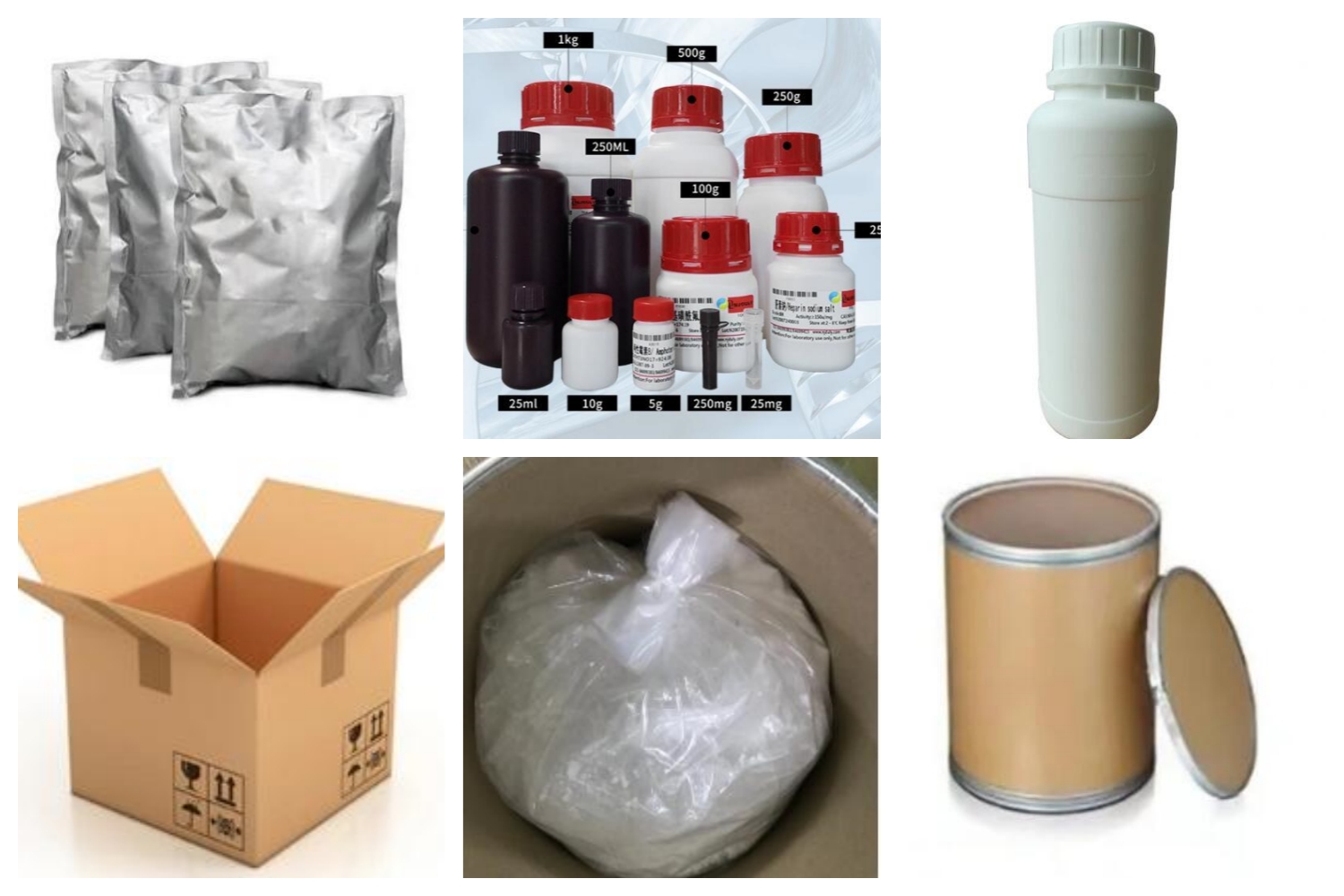
| Composition | C9H11NO |
| Assay | 99% |
| Appearance | White powder |
| CAS No. | 100-10-7 |
| Packing | Small and bulk |
| Shelf Life | 2 years |
| Storage | Store in cool and dry area |
| Certification | ISO. |


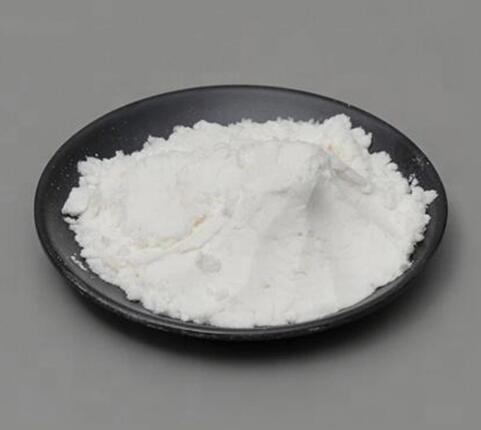
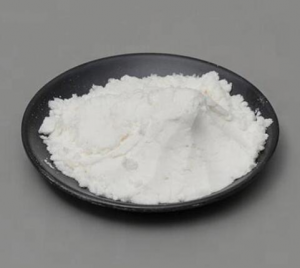
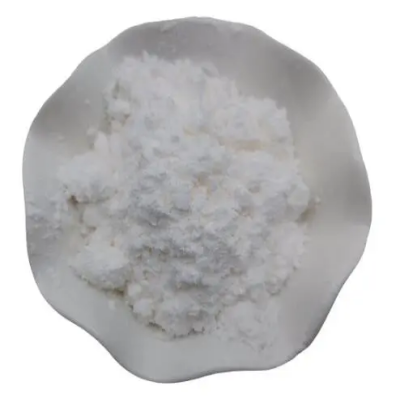
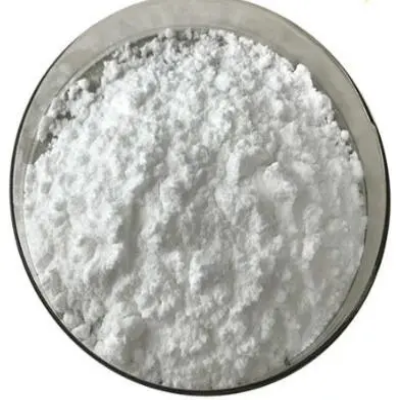
![Dichloro[bis(1,3-diphenylphosphino)propane]palladium(II) CAS:59831-02-6](https://cdn.globalso.com/xindaobiotech/02MHOTZ@JJJ5JECNY66BYI1.png)


